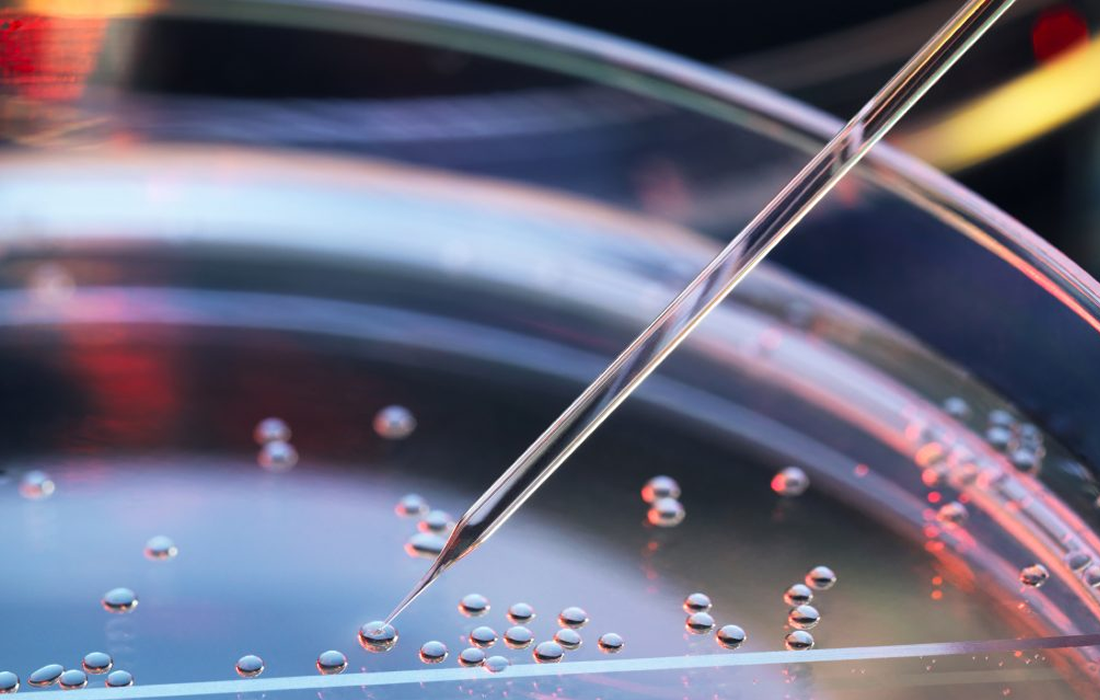Regenerative Medicine News and General Information
What Stem Cell Therapies are Used Today?
Stem cells are undifferentiated cells that are present in the embryonic, fetal, and adult stages of life and give rise to differentiated cells that are the building blocks of tissue and organs.
In the postnatal and adult stages of life, tissue-specific stem cells are found in differentiated organs and are key in repairing any type of damage to the organ.
The major characteristics of Stem Cells are:
- Self renewal: the ability to extensively proliferate.
- Clonality: the ability to form other cells derived from the same cell.
- Potency: the ability to differentiate into different cell types.
These abilities differ between stem cells. Embryonic stem cells derived from the blastocyst (structure formed in early development of mammals) have a greater ability for self renewal and potency compared to stem cells found in adult tissues which are limited and can only differentiate into tissue specific cells.
Based on their origin they are classified as follows:
- Embryonic Stem Cells: they are pluripotent, derived from the inner cell mass of blastocyst (a stage of the embryo 5 to 6 days after fertilization).
- Fetal and Adult Stem Cells: derived from adult tissue. Examples include Mesenchymal Stem Cells, stem cells derived from placental tissue, such as human amnion epithelial cells, and also umbilical cord stem cells derived from Warthon’s jelly. They have been shown to be anti-inflammatory and have augment repair capabilities.
- Tissue Resident Stem Cells: they reside in a “stem cell niche”. The stem cell niche is a microenvironment that controls the self-renewal and differentiation of these cells. The majority of them are dormant but are activated by specific signals during tissue injury.
- Induced Pluripotent Stem Cells: they are produced from adult somatic cells and genetically programmed.
Mesenchymal stem cells can differentiate into several lines, including osteoblasts, chondrocytes, adipocytes, and myocytes. Some current clinical and preclinical uses are:
- Cardiovascular diseases: MSCs transplantation has been revealed to significantly recover cardiac function and a reduced mortality rate. The cell transplantation has a lot of practical advantages such as reduction of the development of heart failure, improvement of the overall action, and rise of the local wall movement. Some studies have shown decreasing ischemic tissue after an infarction and overall decrease in mortality rates.
- Liver disease: different studies have evaluated the use in patients with fulminant hepatic failure and found that the treatment with stem cells can decrease oxidative stress and promote repopulation of hepatocytes.
- Osteoarticular diseases: this is one of the most common uses of stem cells and regenerative medicine worldwide due to different studies that have shown incredible results decreasing the chronic damage caused by inflammation in different joints and also due to the regenerative capabilities of stem cells, including cartilage regeneration.
- Autoimmune diseases: the use of mesenchymal stem cells in multiple autoimmune disorders is being widely studied mainly because of the lack of current treatment options that could change the progression and prognosis of these conditions. Many trials have shown promising results in conditions like lupus, multiple sclerosis, rheumatoid arthritis, inflammatory bowel diseases (ulcerative colitis and crohn’s). The immunomodulatory properties of MSCs make them an ideal tool for treating autoimmune diseases.
- Type 1 diabetes: studies have used stem cells from umbilical cord blood to re-educate a diabetic’s own T cells and consequently restart pancreatic function reducing the need for insulin. They have found that type 1 diabetes patients achieve improved metabolic control and reducen autoimmunity that last months following a single treatment.
- Neurodegenerative disorders: different studies have evaluated and had promising results using umbilical cord mesenchymal stem cells and other types of stem cells like bone marrow derived stem cells. Researchers have found that they can restore cell loss in the nervous system and provide healthy neurons. Different administration routes have been used, including intravenous and intrathecal applications with improvement in different evaluation scales.
- Renal disease: the use of mesenchymal stem cells in this condition have shown that it can prevent the necessity of dialysis and/or kidney transplantation in some patients. It can do this by improving the renal function, inhibiting inflammation and fibrosis.
Based on current research and evidenced based medicine our clinics are using Mesenchymal stem cells derived from umbilical cord, specifically from the Warthon’s jelly (a gelatinous substance within the umbilical cord). This type of stem cells are being widely studied and currently are one of the best available options due to their accessibility, immune-privileged status, higher number of stem cells available and a higher concentration of antiinflammatory cytokines and growth factors.
Sources:
Kolios G, Moodley Y. Introduction to stem cells and regenerative medicine. Respiration. 2013;85(1):3-10. doi: 10.1159/000345615. Epub 2012 Dec 13. PMID: 23257690.
Sobhani A, Khanlarkhani N, Baazm M, Mohammadzadeh F, Najafi A, Mehdinejadiani S, Sargolzaei Aval F. Multipotent Stem Cell and Current Application. Acta Med Iran. 2017 Jan;55(1):6-23. PMID: 28188938.

